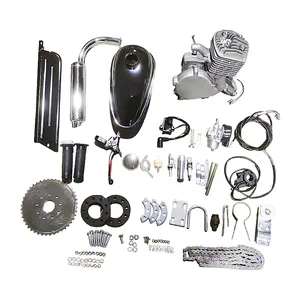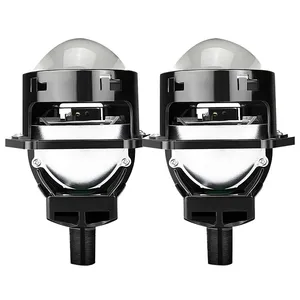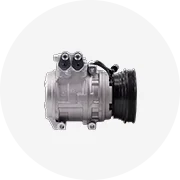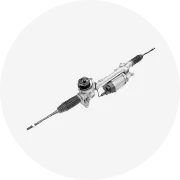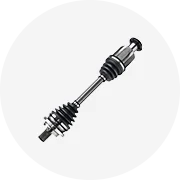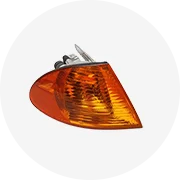Popular na sua indústria
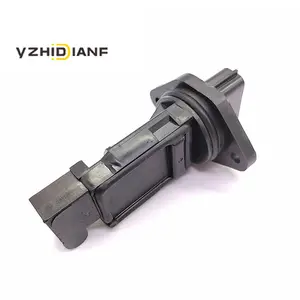





















































Buscas Relacionadas:






































































































Principais categorias
Sobre entrada temperatura sensor daewoo
Investindo no fenomenal. entrada temperatura sensor daewoo disponível em Alibaba.com é uma forma importante de aprimorar o desempenho de diversas máquinas. Eles têm descontos atraentes que oferecem uma relação custo-benefício incrível. Eles vêm em uma vasta seleção que compreende uma miríade deles caracterizados por características e atributos únicos. Isso garante que todos os compradores descubram o que é mais adequado. entrada temperatura sensor daewoo para atender às necessidades deles de forma satisfatória.
Isso é ótimo. A entrada temperatura sensor daewoo possui atributos de qualidade supremas que os tornam fáceis de usar e, ao mesmo tempo, produzem uma eficiência magnífica para seus usuários. Eles são construídos com materiais robustos que resistem a impactos mecânicos, calor e outros fatores que encontram em seus ambientes de trabalho difíceis. Eles também são altamente resistentes à água e outros compostos corrosivos com os quais podem entrar em contato durante as operações. Essas características os tornam muito duráveis e eficientes.
Todos os. As entrada temperatura sensor daewoo listadas no Alibaba.com vêm de fabricantes de equipamentos originais confiáveis e marcas globais confiáveis. Isso garante aos clientes que cada uma das compras que fazem no site produz itens de primeira linha para todos. Esses itens têm designs e recursos impressionantes que promovem uma instalação direta porque se encaixam perfeitamente no sistema maior para obter o máximo de desempenho. Feitos de materiais recicláveis, eles promovem a sustentabilidade e são viáveis para compradores com consciência ambiental.
Os compradores terão o melhor retorno de seus investimentos selecionando o mais adequado. entrada temperatura sensor daewoo para eles. Comprar no Alibaba.com é incrivelmente benéfico, pois os compradores economizam tempo e energia enquanto procuram os produtos ideais. São ideais para atacadistas e fornecedores que desfrutam de ofertas promocionais massivas ao comprar em grandes quantidades.
